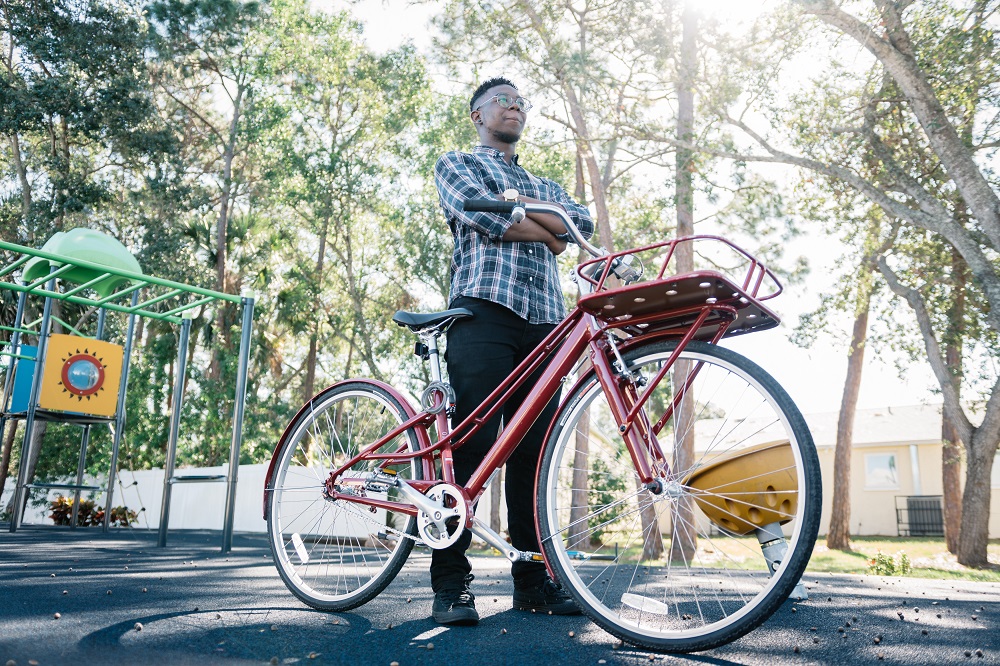
Unaccompanied Homeless Youth
This often overlooked group in our community requires (and deserves) specialized help to meet their unique needs.
- Our Initiatives
- Unaccompanied Homeless Youth
More than 400 teens and young adults in Sarasota County are homeless and on their own. These vulnerable 16- to 24-year-olds require specialized services to meet their unique needs. Absent access to the right help, many of them will become our community's next generation of chronically homeless adults.
Unaccompanied homeless youth are an often-overlooked group of homeless individuals in our community. They live in a variety of unsafe, temporary situations, including cars, parks, shelters, motels, and other people's homes.
Most of these young people have left their own homes because of severe family dysfunction, including abuse and neglect. Many are former foster-care children. Studies have found that 20 to 40 percent of unaccompanied homeless youth were abused sexually in their homes, while 40 to 60 percent were abused physically. More than two-thirds of unaccompanied homeless youth report that at least one of their parents abuses drugs or alcohol.
Many unaccompanied youth leave their education early, but they enter homelessness with little in the way of life skills or work experience. They are at high risk of criminal victimization, including sexual exploitation and human trafficking.
The extent of this problem and the unique needs of this vulnerable population came to Gulf Coast’s attention through our Homeless Children and Families initiative. As we did in that effort, Gulf Coast is taking a leadership role in addressing youth homelessness by convening the agencies necessary to create a coordinated system of care and the philanthropists needed to help invest in that system.
Preserving Hope and Dignity
The uphill climb faced by teens and young adults with no permanent home defies all that we hope and expect for our community’s youth. Yet we have learned just how brave and resilient these individuals remain. They are survivors. By providing the specialized help they need while recognizing the trauma they have endured, Gulf Coast aims to provide a pathway to independence and encourage the sense of purpose that this vulnerable group of community members deserves.

Our partners in this effort include the Charles & Margery Barancik Foundation, Florida Department of Health in Sarasota, Harvest House, More Too Life, Sarasota Family YMCA, The Salvation Army - Sarasota, and Suncoast Partnership to End Homelessness. Our work group's shared objectives are to reduce the effects of homelessness on our youth and to create a viable pathway to independence for them.
Together, we have identified short- and long-term strategies to serve the needs of teens and young adults experiencing homelessness. Three initial projects are providing data on which longer-term improvements can be built:
Youth Action Board. Consisting of teens and young adults who have experienced homelessness, the Youth Action Board was established to empower these youth to advocate for their own needs. The group meets monthly to inform our region’s homeless services system and receive adult and peer support to meet their own goals.
Drop-in Centers. These safe gathering places will provide access to services exclusively for homeless youth in high-need areas. The first is located North Sarasota and operated by Harvest House, with a second drop-in center planned for North Port.
Housing Subsidies. Rental subsidies will assist youth in securing stable housing while they continue their education.
Future plans include creating emergency shelter space dedicated for youth, targeting behavioral health challenges, and providing education and workforce training.

